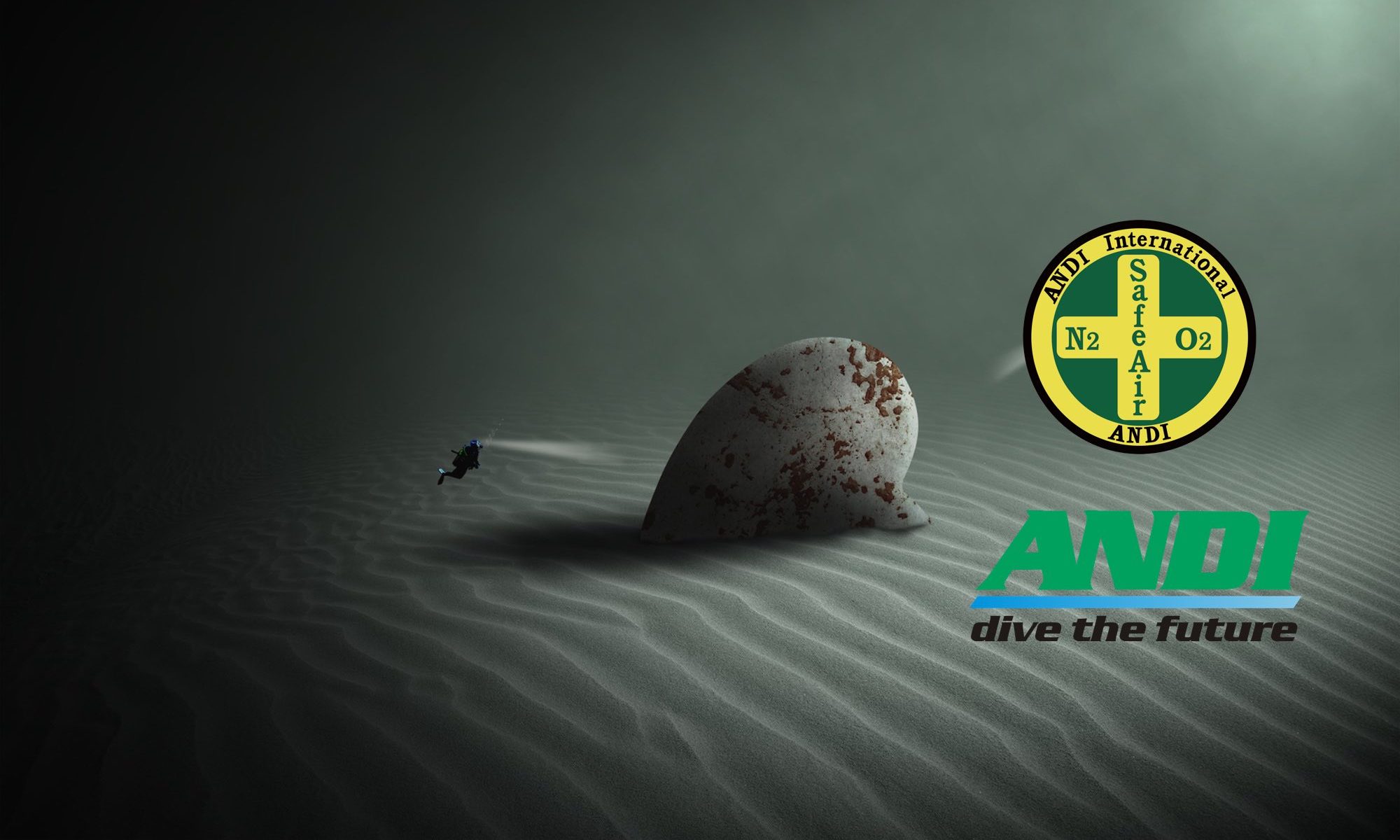The S104 agreements concern the maintenance of sewers included in a new development by the local water company at the expense of the sanitation authorities. The agreement provides for the implementation of a drainage system. The process is subject to strict rules, such as the . B the obligation to manage flood risks, with significant cost implications. It is therefore worth getting specialized advice before applying. (b) the obligation to create an inspection chamber at the expense of the person with whom the wastewater operator must enter into the agreement in a place defined in the agreement; A smooth design and submission process often means that sewers are easier to accept and that attachment to the developer can be reduced – often leading to a faster and more cost-effective construction program. For water management strategies to be successfully approved and for an agreement to be reached under Section 104, it is important to assess the needs of each site in order to provide the optimal solution. Under an S38 agreement, the only drainage that can be adopted under the Highways Act is drainage responsible for the drainage of the highway. Any other drainage system installed under the road, including rising power grids, must be adopted as part of Section 104.
In most cases, it is simple, but in exceptional cases, such as. B a Section 104 agreement with a developer providing infrastructure for a larger development area, a wider green boundary is needed. You need to discuss your specific needs with the development services teams. [F1 (1) Subject to subsection (7) and section 146 (3), a sewerage company can give its consent, the agreement of Section 104 results in a drainage system that drains private areas such as roofs and access roads, as well as the drainage of highways. The cost of entering into this type of agreement depends on factors such as the size of the development and the system required. A sewer acceptance agreement may also be reached if there is an agreement under section 160 of the Water Industry Act 1991 (WIA 1991), so that the contractor agrees to carry out infrastructure sewer work at the individual`s expense. This agreement exists between the developer/owner and the remediation company and allows the remediation company to take over the sewerage or drainage system. From time to time, the government may pass regulations for sewerage companies to make mandatory adoption of certain aspects of drainage, as they were seen in September 2011 with the Private Sewer Transfer Regulations. When pipeline, sewerage or remediation work is constructed or constructed in accordance with the terms of the agreement, the contractor must, at some point or following a future event, transfer the sewers or part of the flow to that company as side sewers or works (as the case may be). The power of contractors to enter into such an agreement is included in WIA 1991, s 104 (as amended by the Water Act 2014). (c) when the control chamber is built in accordance with the terms of the agreement, the professional may declare that the control chamber is entrusted to the professional at the same time as the side weir; and until one of the subsection conditions (8) is met.
